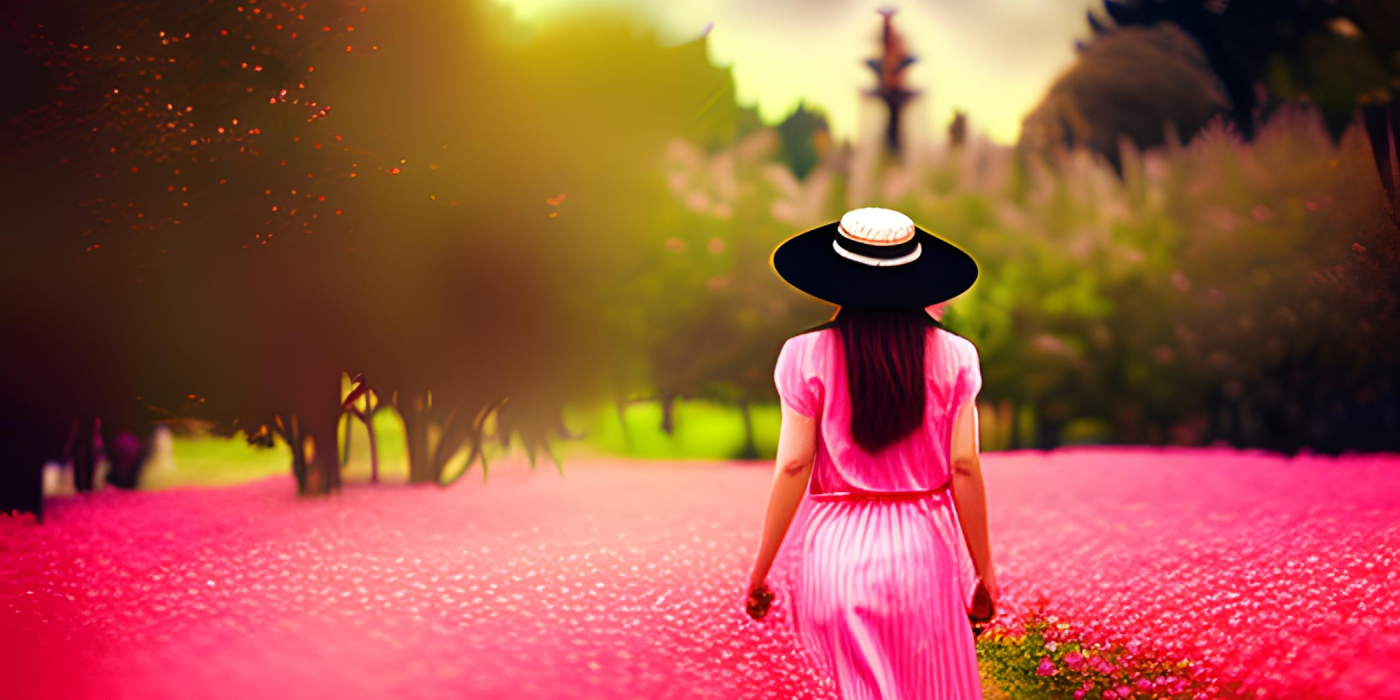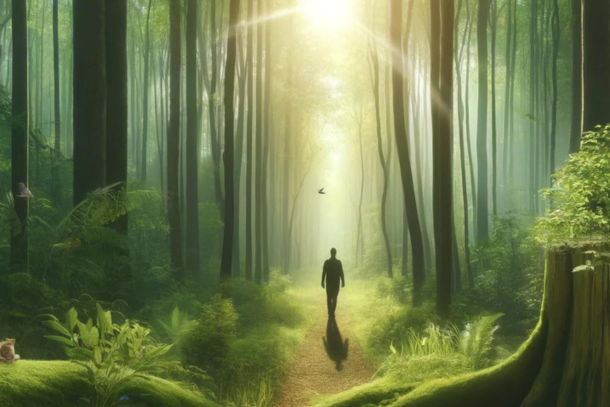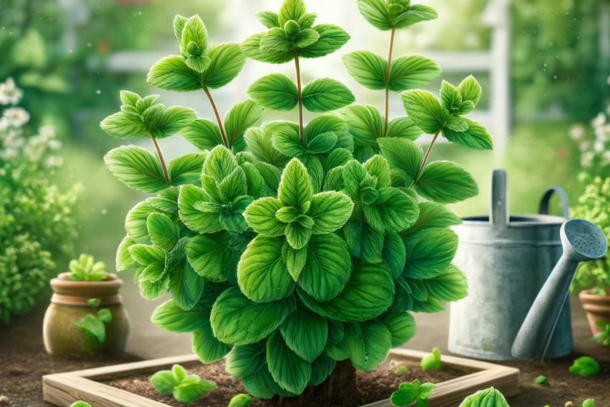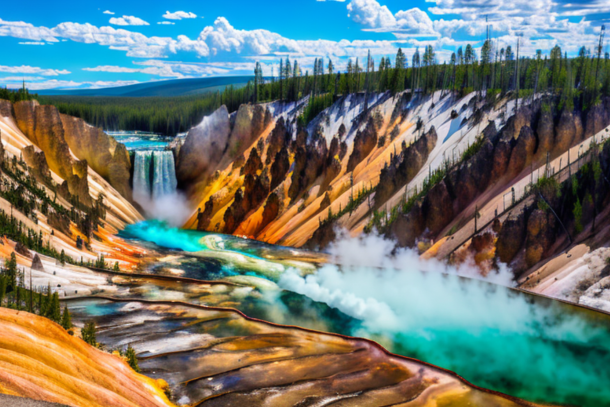Wandering Among Petals: A Guide to Wildflower Walks in the UK

Wildflower walks have become a beloved pastime for many in the UK, offering a way to reconnect with the natural world and experience the splendour of the British countryside. Whether you're an avid nature lover or simply someone looking to escape the hustle and bustle of daily life, wildflower walks provide a peaceful and rewarding experience. Let's explore this captivating activity further.
Connecting with Nature Through Wildflower Walks
The simple act of walking among wildflowers has a unique way of connecting us to nature. It's not just about the visual feast of colours and shapes; it's also about the scents, the sounds of buzzing insects, the touch of delicate petals. These sensory experiences ground us, fostering a sense of peace and mindfulness. It's a form of natural therapy, often referred to as "forest bathing" or "nature therapy," that draws us closer to the Earth.
The Importance of Wildflowers to the Ecosystem
Beyond their aesthetic appeal, wildflowers play a crucial role in the ecosystem. They are vital for pollinators like bees, butterflies, and other insects, providing nectar and habitat. Moreover, wildflowers help to improve soil health and reduce erosion, contributing to a balanced and thriving environment. Their existence is more than just beauty; it's a lifeline for many organisms.
An Overview of the UK's Wildflower Diversity
The UK's geographical diversity creates a wide variety of habitats for wildflowers. From the coastal areas teeming with maritime species to the meadows flush with poppies and daisies, wildflower diversity is rich and ever-changing with the seasons. Some rare and protected species, such as the Lady's Slipper Orchid, offer a thrilling find for enthusiasts. Understanding and appreciating this diversity deepens the wildflower walking experience, making it more than just a stroll but an exploration of nature's artistry.
Embarking on a wildflower walk is not merely about observation; it's a journey into the very fabric of our natural world. So grab your field guide and lace up your walking boots; the wildflowers are waiting to tell their story.
Best Times for Wildflower Walks
The UK's landscape offers an astonishing diversity of wildflowers throughout the year. These walks not only offer a feast for the eyes but a fascinating insight into nature's calendar.
Spring: Bluebells, Primroses, and More
Spring is often regarded as a magical time for wildflower enthusiasts. As the days start to lengthen and temperatures rise, the woods and meadows come alive with colour. The bluebell, a true herald of British springtime, blankets woodlands in an enchanting blue haze. Primroses, with their soft yellow hues, add to the joyous display. Spring wildflower walks provide a chance to witness these and other early bloomers, sparking a sense of renewal and vitality.
Summer: Poppies, Wild Roses, and Vibrant Blooms
Summer takes the wildflower spectacle to a whole new level. Poppies, with their brilliant red petals, create striking displays across fields and roadsides. Wild roses add elegance to hedgerows and woodland edges. The warmth of summer encourages a broad variety of flowers to bloom, making this season ideal for exploring wildflower-rich meadows and coastal paths. Every walk becomes a vibrant exploration of nature's artistry.
Autumn and Winter: Late Bloomers and Seed Heads
While often overlooked, autumn and winter have their own wildflower charm. Late-blooming species such as the autumn crocus provide a surprising splash of colour. The architectural beauty of seed heads and dried grasses, dusted with frost or dew, offers a subtle and often underappreciated allure. These cooler months present an opportunity to observe the quiet resilience of nature, and walks during this time have a reflective quality.
Whether it's the joyful freshness of spring, the exuberant abundance of summer, or the quiet dignity of autumn and winter, each season offers a unique wildflower-walking experience. The ever-changing display encourages multiple visits to favourite spots and the exploration of new landscapes, ensuring that wildflower walks remain an engaging and rewarding pastime all year round.
Top Wildflower Walks in the UK
The UK offers an abundance of locations for wildflower enthusiasts to explore, each with its unique charm and character. Whether you're drawn to the rugged coastline or the serene meadows, there's a wildflower walk that's perfect for you.
Coastal Paths
Coastal paths provide a unique environment for wildflowers that thrive near the sea. The South West Coast Path, for instance, is home to maritime species like thrift and sea campion. Walking along these cliffs, with the scent of salt in the air and the gentle hum of waves, you'll be captivated by the wildflowers dancing in the coastal breeze.
Woodlands and Forests
The woodlands and forests of the UK host a rich tapestry of native wildflowers. Springtime in places like the Forest of Dean or ancient Caledonian woodlands brings a magical display of bluebells, wood anemones, and wild garlic. These walks transport you into a world where nature's delicate beauty is revealed in every step.
Meadows and Grasslands
Meadows and grasslands offer an extraordinary display of colour and diversity. A walk through a traditional hay meadow in the Yorkshire Dales or the chalk grasslands of the South Downs reveals a myriad of species including wild orchids, buttercups, and scabious. These habitats provide an ever-changing landscape that reflects the rhythm of the seasons.
National Parks
Many of the UK's National Parks are renowned for their wildflower displays. Whether exploring the heather-clad moorlands of the Peak District or the vibrant machair of the Outer Hebrides, you'll find unique species adapted to these special landscapes. Guided wildflower walks are often available, allowing you to learn about the flora and the role they play in the ecosystem.
In conclusion, the wildflower walks of the UK are more than a visual feast. They are a sensory experience, a way to connect with the natural world, and a means to understand the complex interplay of species in different habitats. So grab your walking boots and a field guide, and let the wildflowers lead the way.
Identifying Wildflowers
Embarking on a wildflower walk is an enriching experience that connects you with the subtle elegance of nature. Identifying wildflowers along your path enhances the experience, adding a touch of adventure and education to your journey. The UK's landscapes are teeming with a wide variety of wildflowers, and here we'll explore how to identify them and understand the habitats they thrive in.
Using Field Guides and Apps
Field guides have long been the go-to resource for identifying wildflowers. These pocket-sized books, rich in illustrations and descriptions, provide detailed information about various species. Recently, apps have become increasingly popular as they can offer an interactive and user-friendly way to identify wildflowers. Many apps even allow you to simply take a photo of the flower, and through intelligent algorithms, they'll provide you with the name and details of the species.
Tools and Resources:
- Books: Look for reputable field guides that focus on UK wildflowers.
- Apps: Many free and paid apps are available that cater specifically to UK wildflower identification.
- Online Communities: Joining online forums and groups can also provide support and insights from experienced wildflower enthusiasts.
Understanding Habitats
Wildflowers grow in different habitats, and their presence can tell you a lot about the ecosystem you are exploring.
Learning About Habitats:
- Coastal Areas: Look for specialised species that thrive in salty environments.
- Woodlands and Forests: Discover shade-loving wildflowers that often bloom earlier in the year.
- Meadows and Grasslands: Enjoy a rich diversity of species that enjoy full sun.
- Wetlands: Find unique wildflowers that require more moisture.
Understanding the specific conditions and characteristics of these habitats will not only make identifying wildflowers easier but also deepen your connection with the landscape you're walking through.
The enchanting world of wildflowers awaits you. With the right tools and knowledge, each walk becomes an opportunity to learn, appreciate, and connect with nature's delicate artistry. Whether you're a casual stroller or an avid botanist, embracing the study of wildflowers adds a delightful layer to your outdoor experiences.
Ethics of Wildflower Walking
Leave No Trace: Guidelines for Respecting and Preserving Wildflower Habitats
Walking amidst the vibrant tapestry of wildflowers is indeed a soul-enriching experience, yet our admiration must be coupled with respect for their delicate existence. The principle of 'Leave No Trace' is paramount, as it promotes the preservation of these stunning habitats for future generations.
Here are some key guidelines to ensure that you leave only footprints:
- Stay on Marked Paths: Straying from designated paths can crush fragile wildflowers and disturb the soil.
- Avoid Picking Flowers: While tempting, picking wildflowers not only diminishes their beauty but can have adverse effects on the ecosystem.
- Dispose of Waste Properly: Littering can be harmful to both the plants and the creatures that call these areas home.
- Educate Yourself: Understanding the importance of wildflowers and their role in the ecosystem can enhance your appreciation and responsibility.
Photography Guidelines: Tips for Taking Photos Without Harming the Environment
Photographing wildflowers can capture their transient beauty, but it's essential to do so without causing harm. Here are some thoughtful practices:
- Keep a Respectful Distance: Utilise zoom lenses or camera settings to get close-up shots without physically getting too close.
- Use Existing Paths and Openings: Don't create new paths or trample plants to get the perfect angle.
- Avoid Using Tripods in Sensitive Areas: Tripods can cause more disturbance to the ground and vegetation.
- Share with Care: If posting online, consider omitting exact locations of rare or endangered species to discourage irresponsible visitation.
Embracing these ethics ensures that wildflower walks remain a joy not just for us but for our children and their children. After all, the fleeting bloom of a wildflower is a gentle reminder of nature's delicate balance, and our role in preserving it.
Health Benefits of Wildflower Walks
Embarking on a wildflower walk isn't just an opportunity to admire nature's beauty; it's also a journey towards better well-being. Wildflower walks in the UK present an appealing blend of physical and mental health benefits that make this activity not just enjoyable but also wholesome.
Physical Health: The Exercise and Fresh Air Aspects
The Exercise Factor
Walking amidst wildflowers provides a delightful way to engage in moderate exercise. The various terrains – from coastal paths to meadows – can be both invigorating and relaxing. Whether it's a gentle stroll or a more energetic hike, wildflower walks suit all fitness levels.
Fresh Air and Natural Beauty
Breathing fresh air, surrounded by vibrant colours and gentle scents, enhances the overall sensory experience. The presence of fresh oxygen, away from urban pollution, can significantly benefit respiratory health.
Mental Health: Connection to Nature as a Way to Reduce Stress and Enhance Well-Being
Reducing Stress
The calming effect of nature, coupled with the gentle rhythm of walking, can be a powerful stress reliever. The sights and sounds of wildflowers swaying in the breeze provide a serene backdrop that can help soothe the mind.
Enhancing Well-Being
Spending time in nature, especially amidst wildflowers, is linked to increased feelings of happiness and contentment. Connecting with nature on these walks fosters mindfulness, allowing a deeper appreciation for the present moment.
Community Connection
Many find joy in sharing wildflower walks with friends, family, or walking groups. This social aspect further contributes to mental well-being by fostering connections and shared experiences.
In conclusion, wildflower walks offer a multifaceted approach to health, enveloping the walker in an environment that nourishes both the body and the soul. Whether for fitness, relaxation, or a heartfelt connection to the Earth, wildflower walks are a celebration of life in its most natural form. It's a pastime that beckons not just the avid botanist but anyone seeking harmony and vitality. So why not lace up your walking boots and embark on this beautiful adventure? The wildflowers are waiting.
Conclusion
Summary of the Joy and Benefits of Wildflower Walks
Wildflower walks encapsulate a simple yet profound joy, a connection to the natural world that's both grounding and exhilarating. Whether you're strolling through a coastal path adorned with sea thrift or wandering a meadow dancing with poppies, the kaleidoscope of colours and fragrances offers an unparalleled sensory feast. The UK's diverse wildflower habitats not only contribute to our ecosystem but provide numerous benefits to those who take the time to explore them. The physical exercise is revitalising, while the mental tranquillity derived from such walks can be a balm for the stresses of modern life.
Encouraging Readers to Explore and Appreciate Wildflowers Responsibly
As enchanting as wildflower walks are, it's paramount that we approach them with responsibility and respect. Preserving the delicate balance of these habitats means adhering to established paths, avoiding trampling, and resisting the urge to pick the flowers. By embracing an ethos of 'Leave No Trace', we ensure that these natural wonders continue to thrive for future generations to appreciate.
A Call to Action to Share Experiences and Support Conservation Efforts
Finally, wildflower walks are an experience to be shared and celebrated. Whether you're a seasoned botanist or a casual nature lover, your observations and photographs can contribute to a broader understanding and appreciation of the UK's wildflower heritage. Join local groups, participate in wildflower surveys, or simply share your experiences on social media. Your engagement helps foster a community that not only enjoys the beauty of wildflowers but actively participates in their preservation.
In closing, wildflower walks are a treasure trove of delight waiting at your doorstep. Venture out, explore, and let the natural tapestry of the UK's flora enrich your soul. Your journey through the wildflowers awaits. Happy wandering!
I do hope you have enjoyed this article and hope that you will subscribe to my newsletter so you can get the latest information about all things naturally relaxing.
Stay in touch, join the Naturally Relaxing Newsletter
Newsletter Signup
Post Your Comments
or post as a guest
Be the first to comment.
Latest articles in Nature

Exploring the UK’s Most Serene Coastal Trails

The Healing Power of Nature: Forest Bathing Explained

Sustainable Gardening: Tips for Growing Your Own Herbs

The Yellowstone Supervolcano: A Sleeping Giant

The Lost City of Atlantis: A Geological Mystery






